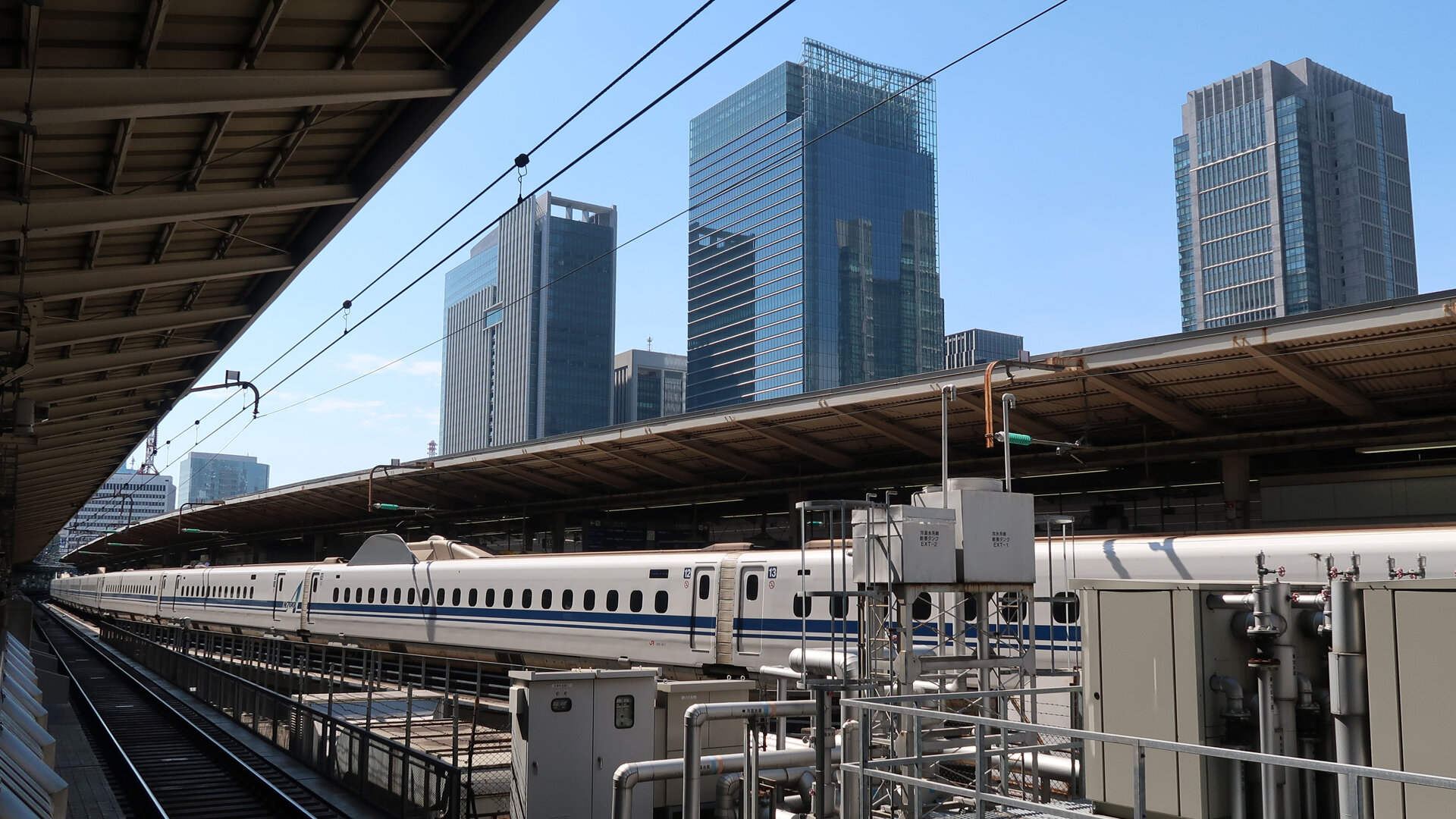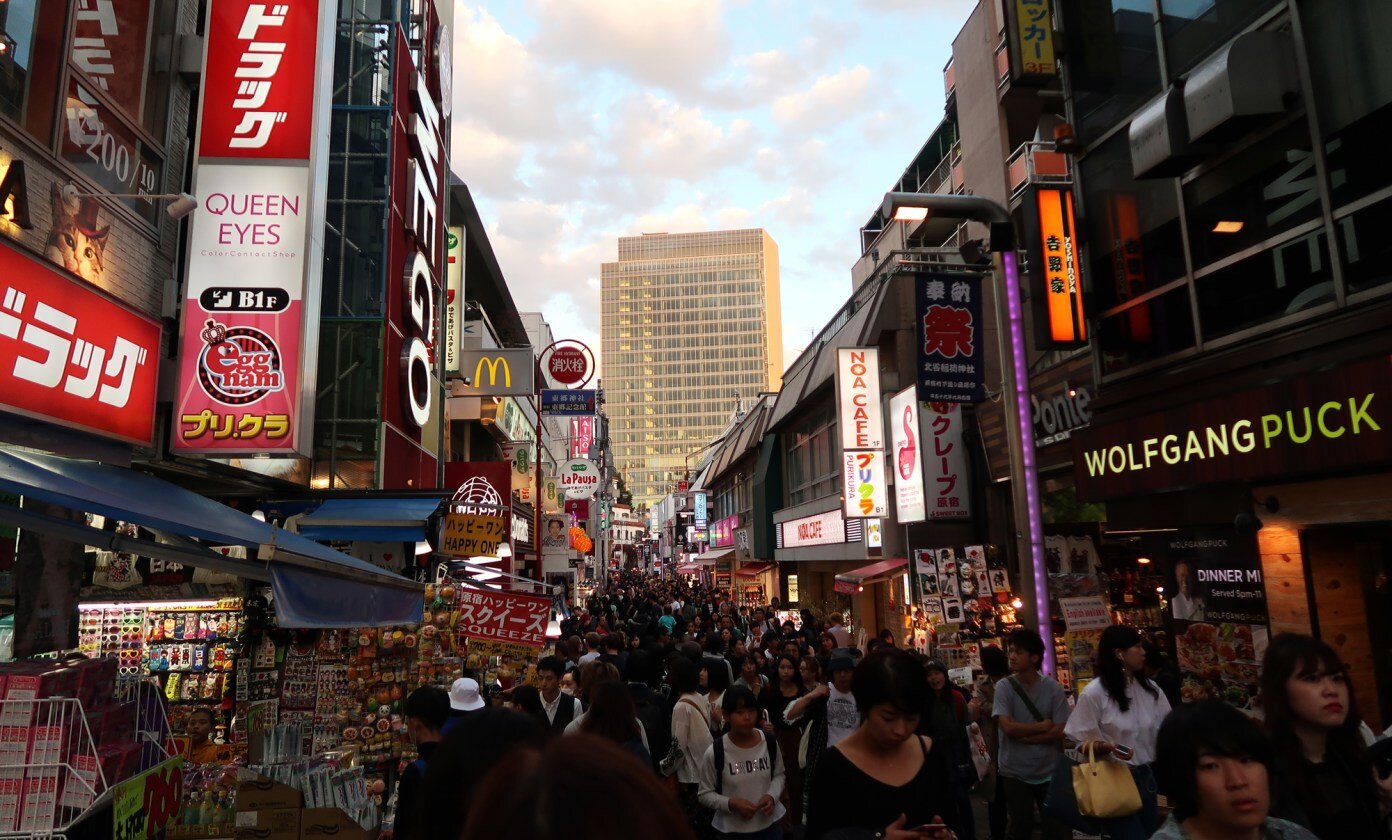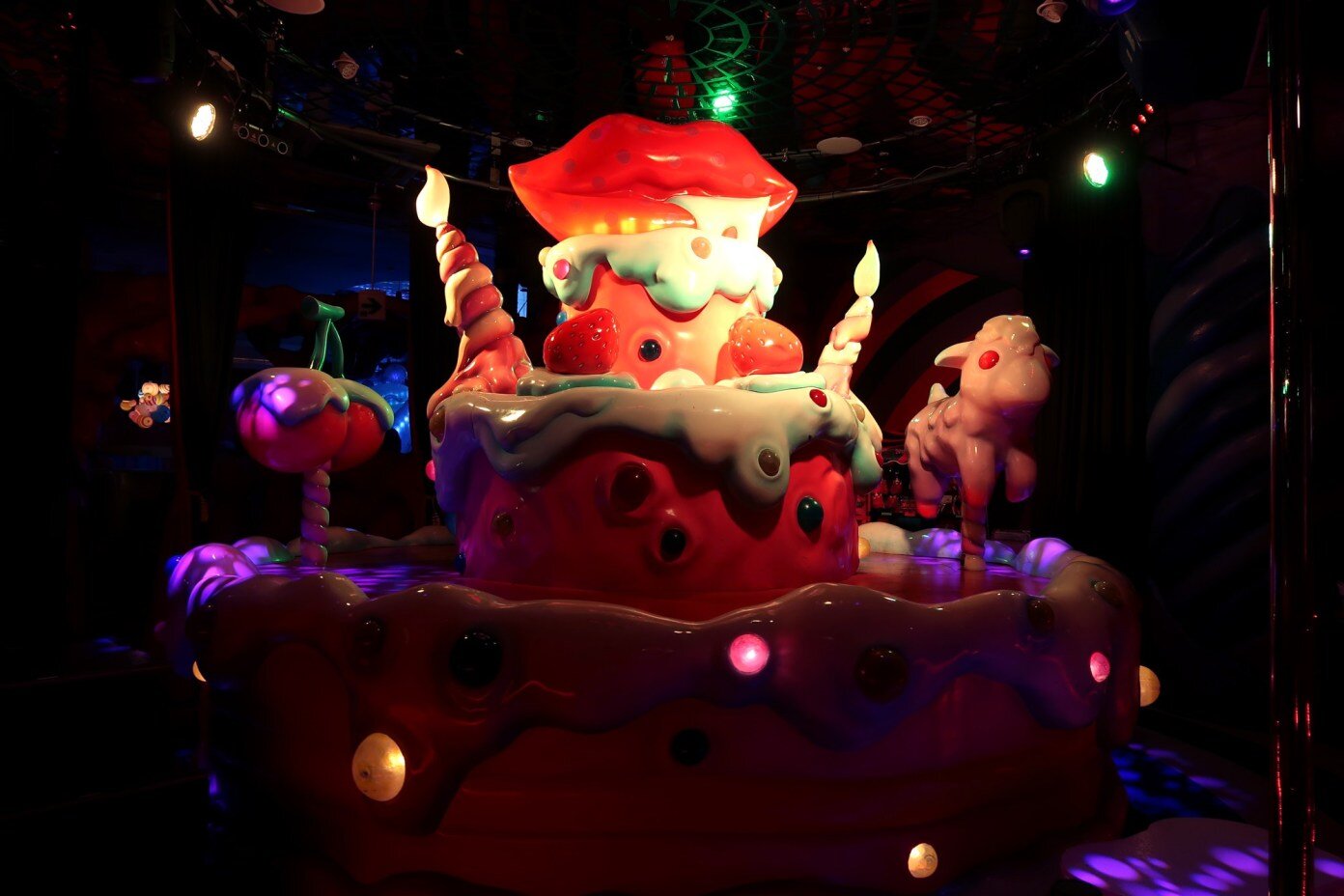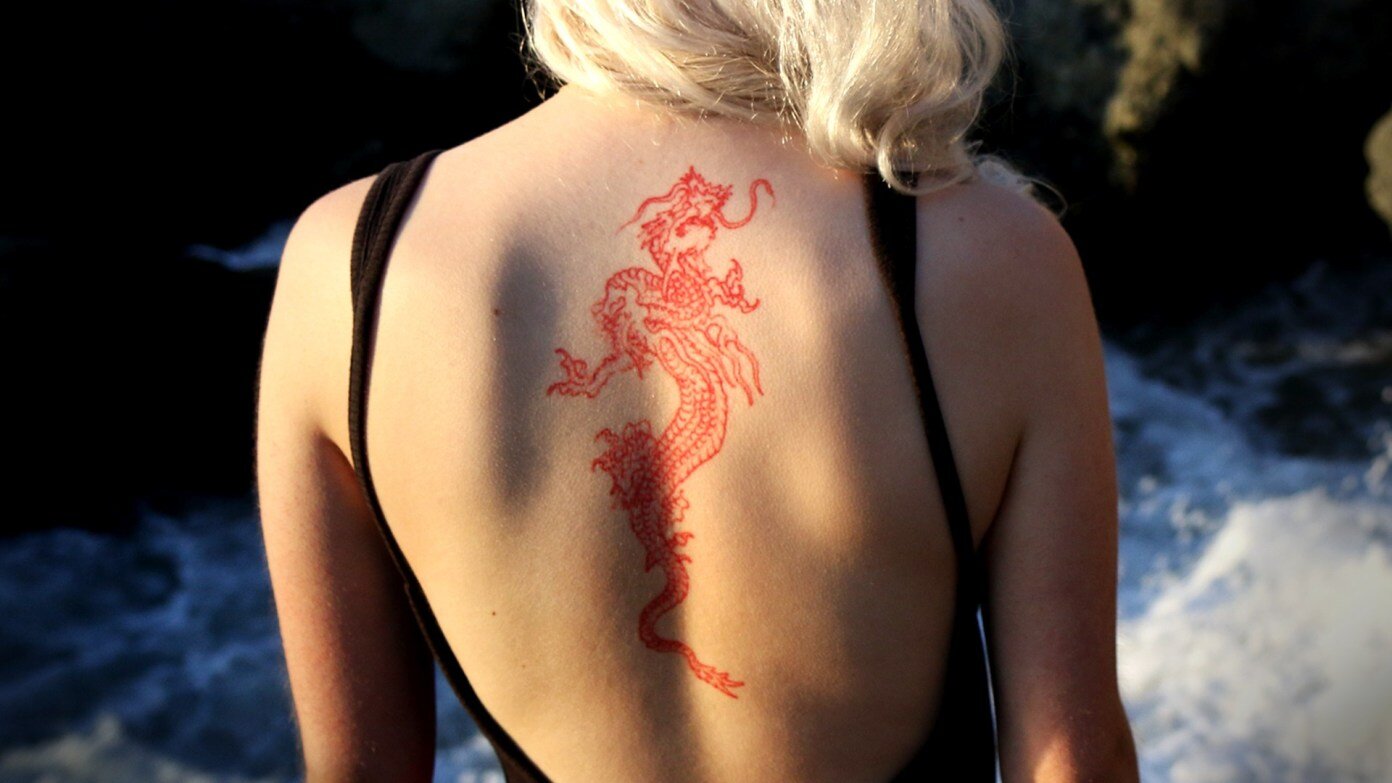10 Things To Do in Japan | Kyoto & Tokyo
All that Japan has to offer can not possibly be covered in one week. With this in mind, upon booking our plane tickets I immediately began researching both where we should go and what we should do there to make the most of our too-short 7 days. The idea was to cross off as many “must-do” destinations as possible.
I quickly realized, for our goals and short time frame, it would be easiest to split our time between the Kyoto and Tokyo areas.
After pouring over countless blog posts and TripAdvisor recommendations, here are the top 10 things that I came up with to do in Japan during our visit. And having now done them all myself, I can confirm what everyone from my research was talking about.
Table of Contents Show

1. Ride the Bullet Train
Where: Tokyo Station to Kyoto Station (or vise versa)
Cost: Free, if you bought your Japan Rail Pass before your trip
Japan’s legendary Shinkansen bullet train is worth a ride just to experience this impressive, innovative technology. The train’s speed is 320 kmh / 200 mph! The ride between Tokyo Station and Kyoto Station took about two and a half hours, which takes six hours by car. You get to sit in comfortable seats and watch the stunning landscapes of the Japanese countryside whip by your window.
I highly recommend buying a Japan Rail Pass before your visit to Japan. I bought both Erica and I one a month or so before our trip from JRpass.com, $275 USD for a 7 day pass. I know, I know. It may seem like a lot of money, but the cost of riding the bullet train a couple times more than makes up for it. Not to mention that you’ll be riding the JR Line to get around a lot and those rides will all be covered with this pass. It’s totally worth it.
Read More: Arriving in Japan | Shinkansen Bullet Train from Tokyo to Kyoto
2. Fushimi Inari Shrine
Where: Kyoto
Cost: Admission is free!
Fushimi Inari-taisha was genuinely the most beautiful place that we visited during our time in Japan (in my opinion). The hike through its endless red gates was both magical and breath-taking. Two things to keep in mind though: it will be crowded and it is an actual hike. The path of the red torri gates wind up Mt. Inari and back down. The hike takes 2 to 3 hours roundtrip and is about 5km long, up the 233 meter height of Mt. Inari. But you don’t have to trek the entire hike. Like the majority of visitors, you can just walk along the opening stretch and back out, or however far you’d like to go really. The beginning of the hike is extremely crowded with those not interested in doing the full hike. Therefore, if you have the time and are physically able, I would seriously suggest doing the length of the hike. The path that was once cramped with people shuffling in a single line became completely clear further in. For some stretches we even had the misty trail of red gates all to ourselves! Perfect for all of our selfie needs.
This part of our visit, following the seemingly endless torri through the misty forest without another soul in sight, this was the most magical part. I felt both awed and peaceful. Again, this was personally my favorite place from our Japan trip so I highly recommend that you visit the Fushimi Inari Shrine if you have the opportunity. And do the hike!
Read More: Visiting Fushimi Inari-taisha: The Most Magical Place in Kyoto
3. Kinkakuji Temple / Golden Pavilion
Where: Kyoto
Cost: Admission is 400 yen for adults, about $4.00 USD
The Kinkakuji Temple, also known as the Golden Pavilion, is a Zen Buddhist temple and one of the most popular buildings in Japan. The Golden Pavilion is covered in gold leaf, which is where it gets its name. It is a sight to behold, like something from a dream or fairytale. The only drawback of this magical place of history is the hoards of tourists all vying for a spot near the temple to get a picture of its beauty. It is to be expected of something so beautiful with such a rich history, that people would come from all parts of the world to see it. But I thought I might prepare you. Don’t let this discourage you though, there is a reason the Kinkakuji Temple is so popular and it is truly worth dealing with the crowds to gaze upon it. And a glimpse of its golden exterior doesn’t cost too much either: the entry fee is only 400 yen (about $4.00 USD).
There is a path around the temple to lead tourists through the grounds in an orderly fashion. The path wraps around the small lake in front of the temple, along the temple’s backside, and then through the perfectly manicured temple gardens. On the way out of the pavilion, there is a little gift shop and a few stands selling various treats. Erica and I indulged in black sesame ice cream and warm dango.
Read More: Visiting Kinkakuji Temple (The Golden Pavilion) in Kyoto, Japan
4. Arashiyama Bamboo Forest
Where: Kyoto
Cost: Admission is free!
A natural landmark of Japan, Arashiyama’s sprawling bamboo grove is definitely worth the a visit. From Arashiyama Station, follow the crowds of people to the entrance of the famous bamboo-lined, narrow pathway. Luckily for us, nature is free and there is no admission to enter the forest. Along this pathway, the sun was blocked by the tall, towering bamboo. A light breeze rustled the leaves of the bamboo, and a feeling of calm and peacefulness enveloped me. Much like the Fushimi Inari shrine, this felt like an otherworldly place.
There are a number of trails and roads that wind through the thick bamboo, some more crowded with tourists than others. Some trails are lined with a fence of dried grass, while others allow you to come in direct contact with the bamboo shoots. You can spend as much or as little time strolling these trails as you wish. But when you’re done, don’t forget to explore the adorable town of Arashiyama itself. It boasts many cute shops and restaurants, and (at least when we were there) a stunning installation near the station called the Kimono Forest that is also worth checking out.
Read More: Exploring Arashiyama Bamboo Forest in Kyoto, Japan
5. Nara Deer Park
Where: Nara, a 1 hour train ride from Kyoto Station to Nara Station
Cost: Admission to the park is free, but you can buy biscuits to feed the deer for 150 yen (about $1.50 USD)
If you’ve already done any research on things to do in Japan, you’ve probably heard of Japan’s amazing deer park. Nara deer park is home to hundreds of free roaming, wild shika deer. Since the deer are completely free roam, walking though the streets of the city and park without care, there is no admission fee of any kind.
However, if you’re feeling generous and want to make a deer pal, you can buy a pack of biscuits to feed the deer for only 150 yen. Stands selling these deer cookies can be found throughout the park. With so many visitors feeding the deer each day, some deer aren’t as hungry as others. Just keep offering them cookies and eventually one will take the bait (no pun intended). The deer are even trained to bow for the biscuits! So polite. Feeding the deer up close and personal is an incredible experience that I truly recommend.
In Nara you can also explore the souvenir shops packed with shika deer plushies and key chains, visit the impressive and historical Kofukuji Temple five-story wooden pagoda, or grab a bite to eat at one of the restaurants and cafes. Erica and I grabbed lunch at a delicious okonomiyaki restaurant where we could see the chef preparing our Japanese pancake. On our way back to the station we also happened to catch a traditional parade.
Read More: A Day Visiting Nara Deer Park
6. Mt. Fuji / Lake Kawaguchi
Where: Tokyo Station to Kawaguchiko Station (about 2 and a half hours by train)
Cost: Free to look at the mountain, of course, but the cost of the trains was about $30 from Tokyo Station to Kawaguchiko Station roundtrip (the majority of the trip was free with the Japan Rail Pass, but the last leg is a local train not covered by the pass)
What is a trip to Japan without trying to see Mt. Fuji, perhaps Japan’s most iconic landmark. Keyword here: try. As Erica and I quickly learned, it isn’t always as easy as it sounds to catch a glimpse of this majestic mountain. Any cloud coverage or misty day will shroud the mountain from view. With only a day that we could attempt to see the mountain, and as our trip was during the rainy season of Fall, the odds were not in our favor. We were lucky enough to see the very peak of Mt. Fuji momentarily reveal itself from the clouds. I was grateful our trip from Tokyo was not completely in vain and was in awe of the mountain’s height and presence. I can’t wait to return and try again to see this incredible mountain in its entirety!
Regardless of the weather, there is another draw to this area besides famous Fuji-san. Surrounding Mt. Fuji are 5 beautiful lakes. The largest, Lake Kawaguchi, is easily accessible from Kawaguchiko Station. You can walk around the lake and see the various hotels and shops the town has to offer. On a clear day, the lake provides a stunning viewpoint of Mt. Fuji with the mountain reflected in its glassy surface (or so I’ve heard).
7. Tokyo Tower
Where: Tokyo
Cost: Admission to the observation deck is 900 yen (about $9.00 USD)
Tokyo Tower is the world’s tallest, self-supported steel tower standing 333 meters tall, 13 meters taller than the Eiffel Tower that it was modeled after. This tower is an iconic part of the Tokyo skyline and a popular tourist destination for that reason. Outside the tower, you can get some selfies with this majestic red and white painted structure. Inside, there are a variety of shops, cafes, restaurants, and even a One Piece themed amusement park. For 900 yen, you can go up to the observation deck.
The observation deck gives you a centrally located, 360 degree cinematic view of the city below. In the distance on a clear day, you can even see Mt. Fuji apparently (we weren’t so lucky). Along with the walls of windows, the observation deck is home to a souvenir shop and a cafe.
8. Sensoji Temple
Where: Tokyo
Cost: Admission is free!
Sensoji Temple, also known as Asakusa Kannon Temple, is Tokyo’s oldest and most significant temple. The temple was built in 645 for the goddess of Kannon. Before the temple is a shopping street that has been there for centuries. Here you can find a variety of souvenirs and Japanese sweets. Past this street, you enter through the outer gate of the temple which leads you to the main building and five-story pagoda.
Erica and I visited at night, which I recommend to see the buildings all lit up in a brilliant red glow on the inky black sky. It certainly made for some stunning photos! The only drawback of coming at night was that many of the booths on the historic shopping street were already closed, but we weren’t really there to shop anyways.
9. Tsukiji Fish Market
Where: Tokyo
Cost: Free to explore!
The Tsukiji Market is one of the oldest and largest fish markets in the world, famous for its sprawling wholesale fish and food markets. The area is tightly packed with booths and shops of owners selling their wares, everything from ceramics to knives, as well as innumerable food stalls and restaurants. You will have no trouble finding fresh fish to eat here. We had a huge breakfast of sushi with a variety of fish we had never even heard of, prepared in traditional Japanese style. Besides fish, there are many other food stands selling treats such as fresh mochi. This bustling market is the perfect place to hunt for souvenirs and grab a bite (or two or three) to eat.
Be aware, the actual fish auctions are not open to the general public. Before our trip we saw many posts describing the intense tuna auctions but quickly learned that this was not something we would be able to witness sadly. The warehouse where the fish auction takes place, however, opens up to the public around 10am. Many of the stalls were empty save for some eels and clams, but nonetheless it was interesting to see.
10. Harajuku District
Where: Tokyo
Cost: Free to explore!
While you’re in Tokyo, you have to check out its famously eccentric fashion and shopping district. Exploring, people watching, and window shopping is totally free, but actual shopping… not so much. But here is the place to find your fill of cute, fashionable clothing and accessories.
The mall in Harajuku boasts many designer name brands with signature high prices, but off the narrow streets you can find a plethora of shops with reasonable prices with both one-of-a-kind wares and mass-produced trendy items. I had been in need of a new purse, so I ended up buying an adorable faux-fur handled, faux-leather purse for about $40.00 USD. Not bad! Erica bought an adorable handmade shark dress (seriously, a dress that looked like a shark – the fins were front pockets) for $50.00 USD.
Besides shopping, Harajuku has many “over-the-top” themed cafes such as the Kawaii Monster Cafe that Erica and I visited. Including our food and drinks, the entire visit cost us about $30 each. So keep this in mind, but I personally felt that it was worth it for the crazy, fun experience. You also will not have any trouble finding whimsical treats and desserts here. One famous shop is Santa Monica crepes, where you can grab a delicious ice-cream cone shaped crepe piled high with a variety of fruit, toppings, and whipped cream.
Bonus 11. Eat Everything!
Where: Everywhere
Cost: Varies depending on what you’re eating and where. But most things are cheap!
Ramen, udon, okonomiyaki, lemon sours, gyoza, cheese tarts, taiyaki, dango, ice cream, mochi, and so much more… EAT EVERYTHING. You won’t regret it. If anything, I regret that I couldn’t eat more during my visit. And despite all of the savory food and delicious desserts that I ate, I actually ended up losing weight during my time in Japan! Japan is definitely a walking oriented culture, walking through the cities and between train stations. Each day I logged 20,000 steps or more on my Fitbit (the equivalent of about 10 miles). So go ahead, try all of those mouth-watering dishes and maybe some extra desserts on the side!
What are some of the other top things to do in Japan?
After a few months and 15 YouTube videos later, I am finally finished creating the videos documenting my Japan trip. This video and blog post was the culmination of my entire Japan trip and the adventures and fond memories we collected there. I hope that my experiences and tips have helped you in planning your own trip to Japan.
If you enjoyed these 10 things to do in Japan, consider subscribing to my YouTube channel and following me on Facebook and Instagram for future recommendations. Use the Pinterest image below to pin this blog post so that you can refer back to it. And while the era of Japan videos has come to an end (until I visit again someday), fear not. In a little over a month, I will once again be setting off abroad to bring you more travel and adventure videos! Stay tuned for updates on my upcoming international travels and in the meantime join me for adventures around California. See you next time!
Have you ever been to Japan? What are some other top things to do there? Please comment below – I would love your recommendations for my next trip to Japan!
Pinterest images












































